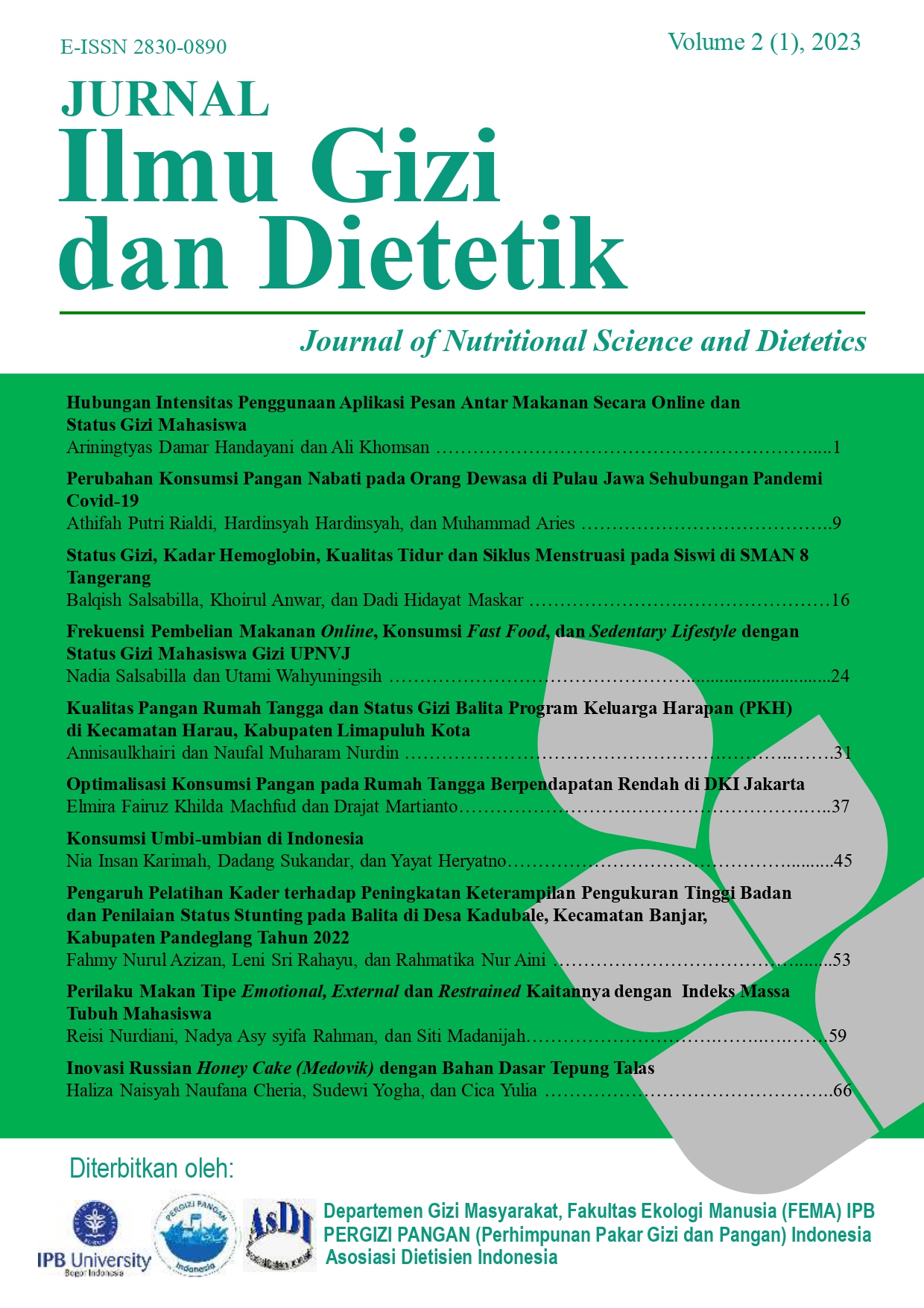Pengaruh Pelatihan Kader terhadap Peningkatan Keterampilan Pengukuran Tinggi Badan dan Penilaian Status Stunting pada Balita di Desa Kadubale, Kecamatan Banjar, Kabupaten Pandeglang Tahun 2022 The Effect of Cadres Training on Height Measurement Skills and Assessment of Stunting Status in Toddlers in Kadubale Banjar, Pandeglang at 2022
Abstract
The high proportion of stunting in toddlers and the low skill of posyandu cadres in measuring height and assessing stunting status will have an impact on the measurement results being biased, so it is important to provide training to cadres. This study aims to determine the effect of kader training on increasing height measurement skills and assessing stunting status in children under five in Kadubale Banjar Pandeglang. This study uses a pre-experimental research design with one group pretest posttest. Subject in this study using total sampling method. This research was conducted on 37 posyandu cadres. Skills data retrieval using a checklist instrument to determine the increase in skill scores. Data analysis was carried out univariate and bivariate, bivariate data analysis using Wilcoxon. The results showed that there was an increase in the skill score of cadres between before and after being given training in measuring height (5.62 becomes 9.46) and assessing stunting status (0 becomes 12) with a value of (p=0.000). Thus, this cadres training is effective in improving the skills of posyandu cadres.

